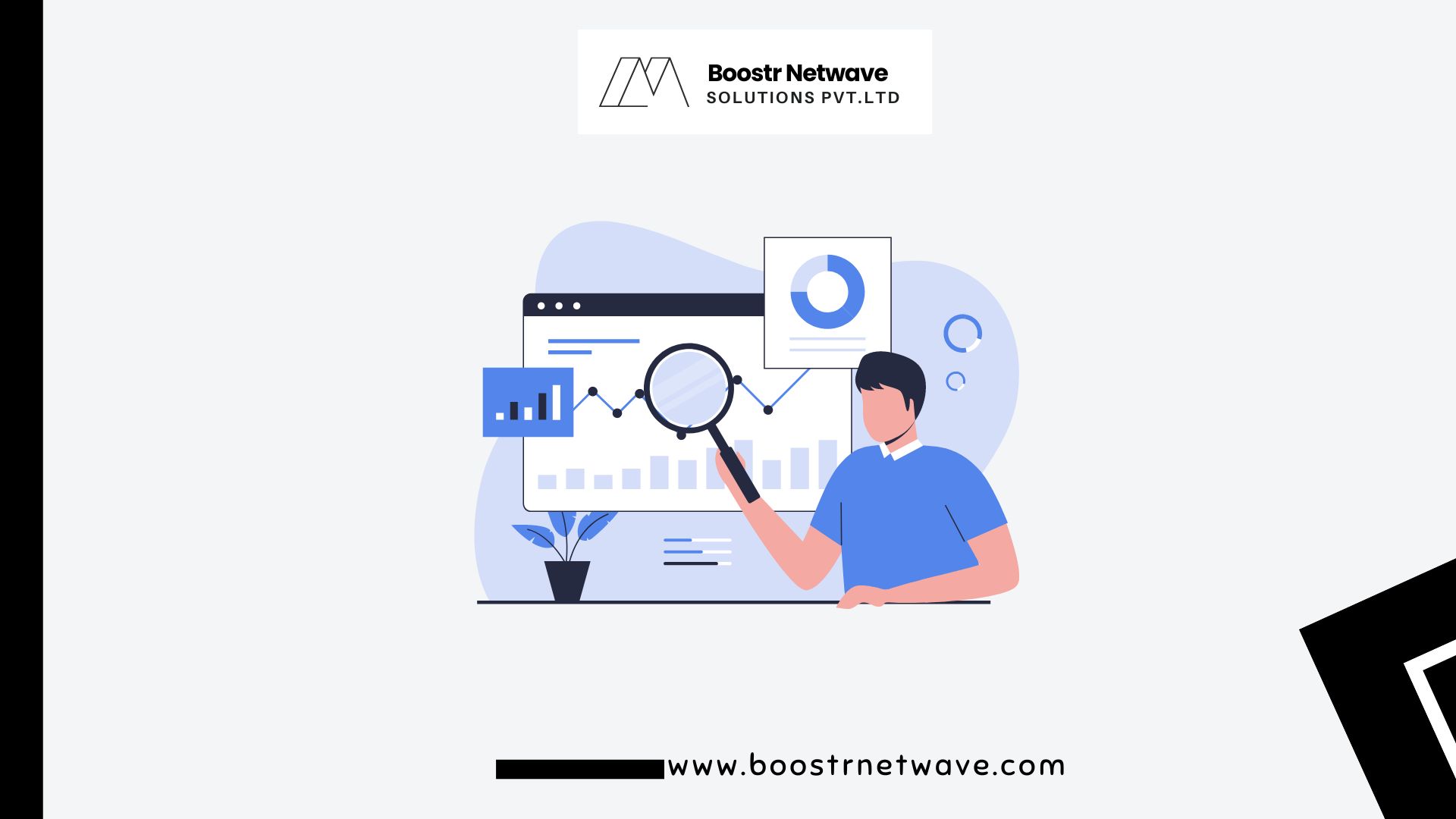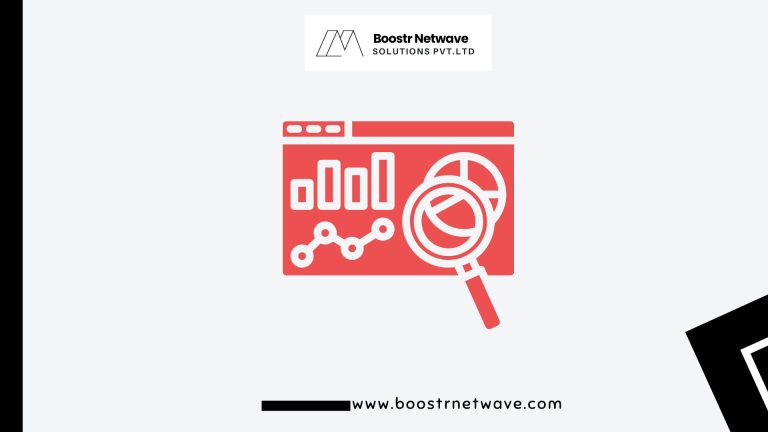Many small businesses start in a spare bedroom or garage, so they may never have produced a formal business plan. However, if your organization starts to develop, a formal, expanded business plan is required, especially when applying for funding. Here are the basic components:
- Executive summary. The first part, which typically comes last, provides a summary of all the other sections in the business plan.
- Company Description. Outlines important details about your company, such as its location and size, what it does, and what it hopes to achieve.
- Product or Service. Describes the items and services you’re selling, highlighting their value to clients.
- Market analysis. Provides an overview of your marketplace and industry, along with facts to support your assertions.
- Marketing strategy. Explain where your company fits in the market and how you plan to price, market, and sell your product or service.
- Management summary. Describes the structure of your firm, your team members and external resources, as well as how it is handled.
- Financial analysis. Shows your company’s revenues, how it is financed, the capital required for growth, and an estimate of your expenses.
Action Plan
Creating a business plan is a fantastic first step towards taking your company to the next level. The most critical phase, however, occurs between your ears. It all comes down to your thinking. Before you write your business strategy, think large – like a firm, not simply an entrepreneur.
- Set up a meeting with your core team or partners to discuss your company plan.
- Assign someone to draft it, and make sure everyone takes the time to evaluate it.
- Once completed, review your business plan frequently, especially as your company and possibilities expand and develop.





